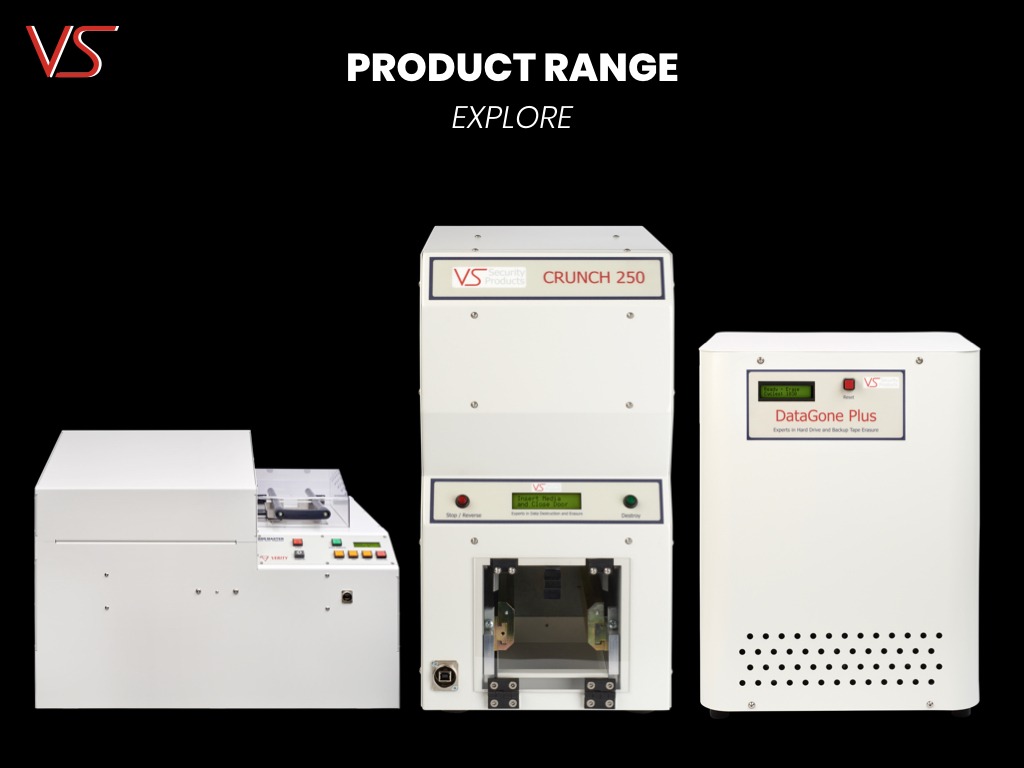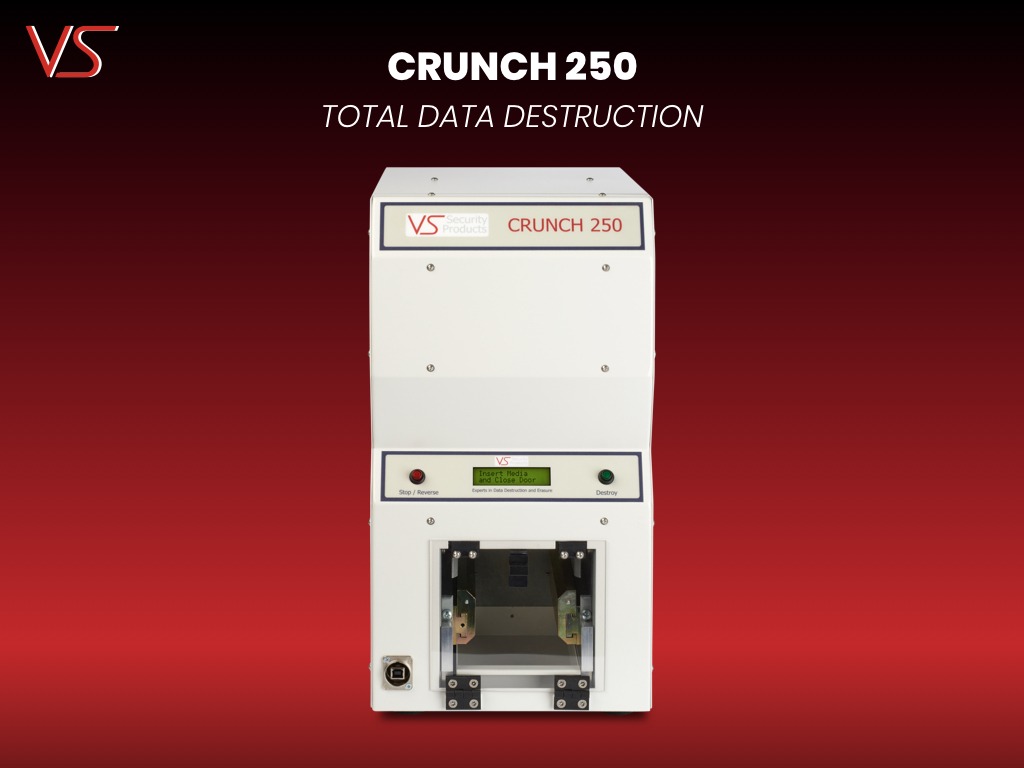Secure Data Disposal for Banks, Financial Institutions: Meeting FTC Requirements

In the digital age, the protection of customer data is paramount, particularly for banks, financial institutions, and insurance companies, where even the smallest breach can have catastrophic consequences. Ensuring data security is not only a best practice but a regulatory requirement outlined by bodies such as the Federal Trade Commission (FTC). One of the critical stages in data security is the proper disposal of sensitive information, particularly at the end-of-life stage for hard drives and storage devices. This article explores how financial institutions can securely dispose of hard drives while meeting the stringent requirements of the FTC’s Safeguards Rule and other regulations.
The Importance of Data Security in Financial Institutions
The financial services industry is a prime target for cybercriminals due to the high value of the personal and financial data it holds. Institutions that fail to protect this data face severe penalties, lawsuits, and loss of trust. To mitigate these risks, the FTC’s Safeguards Rule mandates that financial institutions develop, implement, and maintain a comprehensive information security program.
The revised Safeguards Rule, which includes more specific technical requirements than previous guidelines, mandates that financial institutions secure customer information through administrative, technical, and physical safeguards. This includes everything from encryption, multifactor authentication, and vulnerability assessments to the secure disposal of information that is no longer needed.
FTC Requirements for Data Disposal
One of the most significant changes in the FTC’s revised Safeguards Rule involves the secure disposal of customer information. Institutions are required to develop and implement procedures for the secure destruction of customer data within two years of its last use, unless there are legitimate business reasons to retain it longer. Secure disposal is essential to protect customer data from falling into the wrong hands, whether during the replacement of old storage devices or in the regular purging of outdated records.
The FTC emphasizes that improper retention of data increases the risk of a data breach, as there is no longer a benefit to the customer or the institution in keeping the information. Hence, financial institutions are required to periodically review their data retention policies to minimize the unnecessary retention of data. Regular reviews help ensure that only essential information is kept and that obsolete data is disposed of securely.
Secure Data Destruction Methods: Degaussing and Shredding
When it comes to securely disposing of hard drives at the end-of-life stage, two primary methods dominate: degaussing and shredding.
– Degaussing: This process uses powerful magnetic fields to scramble the data stored on hard drives. Degaussing is particularly effective for HDDs (Hard Disk Drives), as it renders the drive unreadable. While SSDs (Solid State Drives) do not contain magnetic storage and thus cannot be degaussed, other methods can be employed to safely dispose of these devices.
– Shredding: Shredding physically destroys hard drives, making it impossible to recover the data. High-security shredders can reduce drives to small particles, ensuring total data destruction. Shredding is effective for destroying the physical medium completely, making it a versatile option for financial institutions.
Some advanced units, like the NSA-listed SDD Master, Mediagone 500, and DataGone LG Plus, are specifically designed for financial firms and insurance companies in mind that need to comply with rigorous data destruction standards. These machines can handle high volumes of hard drives and ensure that no data remains recoverable, meeting the requirements of the Safeguards Rule.
The Role of Secure Data Destruction in Compliance
Properly disposing of hard drives is not just a good practice; it’s a critical component of regulatory compliance. The revised Safeguards Rule requires that financial institutions implement policies and procedures for the secure disposal of customer information. This aligns with broader data minimization principles, ensuring that only essential information is retained and that obsolete data is disposed of securely.
Institutions are also required to document and regularly review their information disposal procedures to maintain compliance. In addition, the Safeguards Rule mandates regular vulnerability assessments and annual penetration tests, underscoring the need for ongoing vigilance in protecting sensitive data.
By investing in secure data destruction equipment, financial institutions not only safeguard customer information but also ensure they meet regulatory requirements, avoiding costly penalties and protecting their reputations.
Secure Disposal as a Cornerstone of Data Security
The secure disposal of data is a critical step in protecting sensitive financial information. Banks, financial institutions, and insurance companies in the U.S. must adhere to the FTC’s Safeguards Rule to avoid the risks associated with data breaches. By employing methods like degaussing and shredding, institutions can ensure that customer data is irrecoverable at the end of its life, providing a final layer of protection against unauthorized access.
Incorporating secure data destruction processes also helps financial institutions stay compliant with regulatory requirements while fostering customer trust.
Ultimately, secure data disposal is not just about meeting regulatory obligations; it’s about protecting your customers, your business, and the integrity of the financial system.
If you are looking for a data destruction solution for your financial institution, contact one of our team to learn about the most effective data destruction tools: [email protected]
Photo credit: Iconica Media


